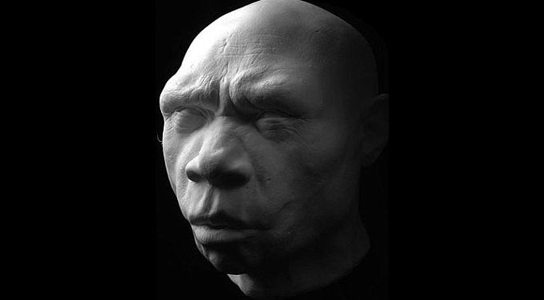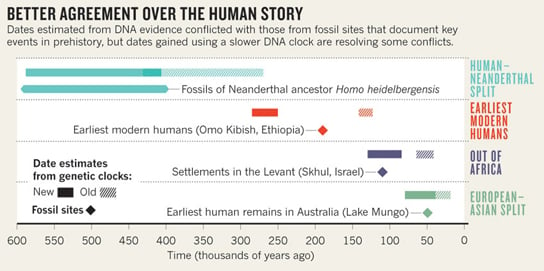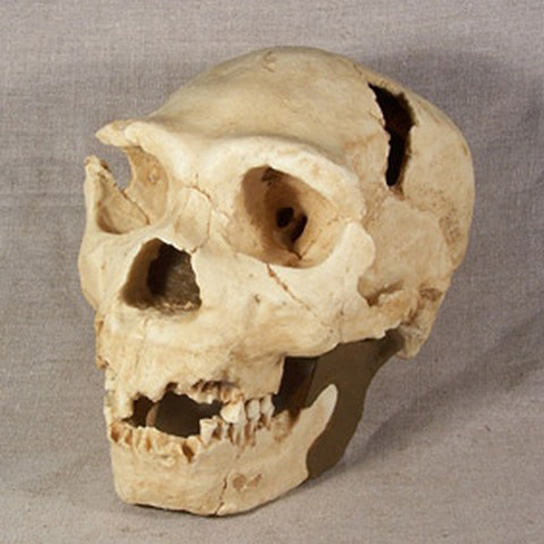
Since the 1960s, DNA has changed the story of human ancestry. Some studies have shown that all modern humans are descended from ancestors who lived in Africa 100,000 years ago. Some new findings suggest that key events in human evolution contradict archeology.
Estimates of DNA’s mutation rate work like a molecular clock that underpins genetic dating. It’s compelling to have a link between genetics and archeology. The number of differences between the sequences of two species indicates how much time has elapsed since their last common ancestor was alive. In order to correctly estimate the amount of time that has passed, geneticists need the pace at which DNA changed.

These rates were previously estimated by comparing the human genome with sequences of other primates. The basis of species-divergence was gleaned from fossil evidence. Each letter mutates once every billion years. Some geneticists and molecular anthropologists were suspicious of this rather round number.
Recently, geneticists have been able to sequence whole genomes from dozens of families by comparing mutations in parents and children. This study shows that the clock ticks at perhaps half the rate of previous estimates and was published in the journal Nature Reviews Genetics.

This new molecular data meshes better with key archaeological dates. Earlier genetic studies have shown that Homo heidelbergensis, a direct ancestor of Neanderthals, split from the branch leading to Homo sapiens much more recently, 270,000 to 435,000 years ago.
A slower molecular clock would force scientists to re-think the later turning points in prehistory, including the migration of humans out of Africa. New calculations put humans leaving Africa 120,000 years ago, which seems to fit the archaeological finds, like the 100,000-year-old human fossils that were discovered in Israel.
The slowed clock puts the common ancestor of humans and orangutans at 40 million years ago, more than 20 million years before dates derived from abundant fossil evidence. This could complicate matters.
It’s possible that the mutation rate isn’t constant, and may have slowed in the past 15 million years, which could account for such discrepancies. Ancestral apes were smaller animals than the current living ones, and small animals tend to reproduce more quickly, speeding up the mutation rate.
Reference: “Revising the human mutation rate: implications for understanding human evolution” by Aylwyn Scally and Richard Durbin, 11 September 2012, Nature Reviews Genetics.
DOI: 10.1038/nrg3295
3 Comments
I still haven’t seen clear evidence of a “DNA clock.” I see a lot of speculation, but I’ve also read studies that throw the concept into doubt, such as one involving penguins from a few years ago
“but I’ve also read studies that throw the concept into doubt.” Properly list the studies you are talking about so that scientists can review them otherwise you will not be taken seriously.
DNA clock ticks according to the number of generations one species produce in s given time. We know that fruit flies are intended for laboratory genetic working because they make lot of generations in a very short period. Same is the case of choosing laboratory mice for the study. The article states that the rate of mutation has slowed down from Neanderthals to modern humans. This is because the longevity of modern humans are much improved to the ancient ancestors and so naturally they produced lot more generations in a fixed period resulting in higher mutations then, Thank YOu.